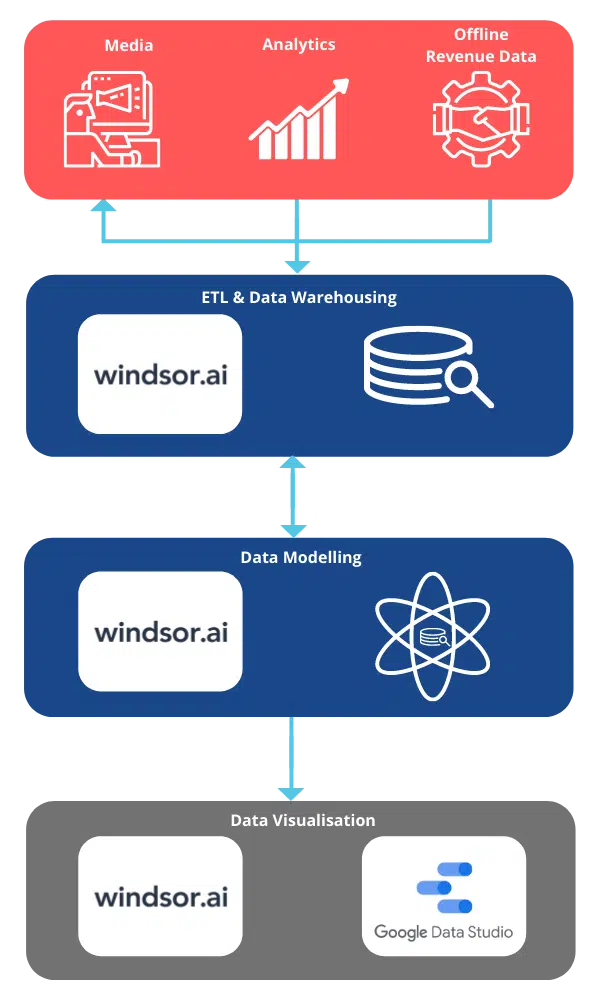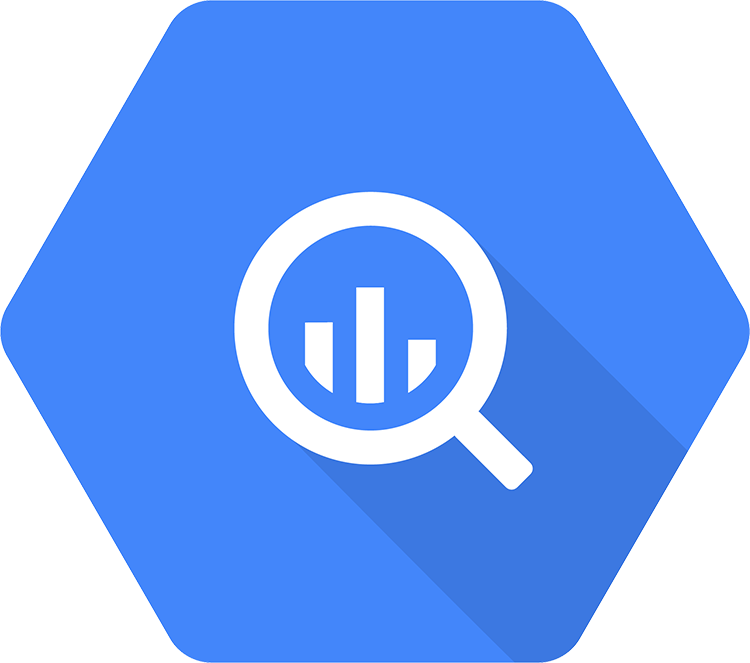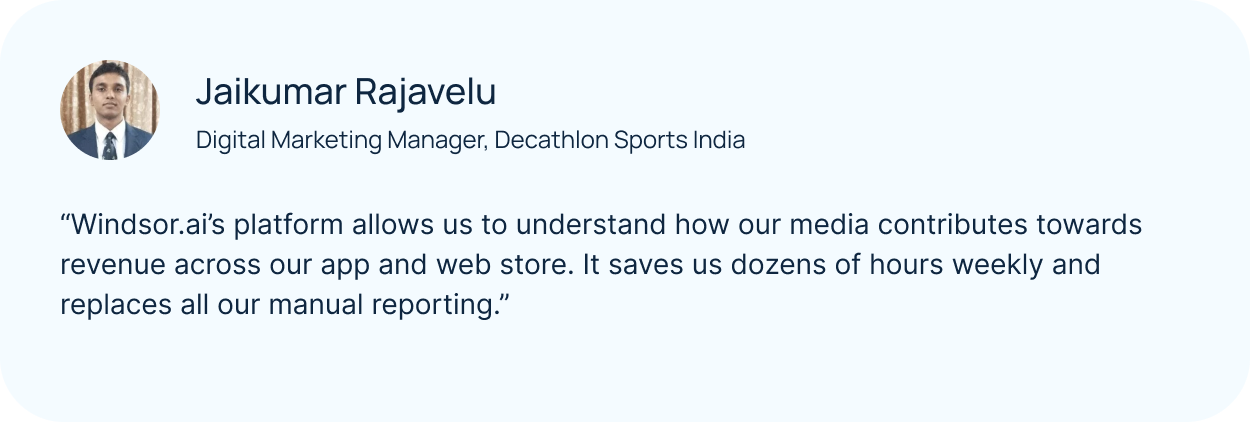
How a global retail giant centralized web and app data across all stores to automate reporting, boost productivity, and enhance campaign performance.
Unified distributed marketing data from global stores
1647Hours of manual work saved every week
40+Key outcomes:
- Connected online and offline data from over 1,600 stores into a single view, enabling full-funnel attribution across web, app, and in-store activity.
- Replaced last-click attribution with data-driven, multi-touch models that revealed the real impact of upper- and mid-funnel channels.
- Unlocked keyword-level ROI insights, supporting smarter, more granular media investment decisions.
- Eliminated manual reporting bottlenecks, freeing up the team for higher-impact analysis and faster decision-making.
- Established a scalable analytics infrastructure, aligning media, spend, and results under one consistent logic.
About the client
Decathlon S.A. is a French sporting goods retailer and the largest in the world by store count, with over 1,600 locations across nearly 1,000 cities in 57 countries.
In India, Decathlon has been present for over a decade, with its first cash-and-carry flagship store opening in 2009 in Sarjapur, Bangalore. Decathlon’s operations span online and offline sales, supported by campaigns across digital platforms.
Quick facts:
- Industry: Retail & Sporting Goods
- Presence: 57 countries
- Number of stores in India: 82 (across 33 cities)
- Employees in India: ~3,800
Challenges
Decathlon, as an omnichannel retailer, wanted to understand how online marketing across different channels influenced or contributed to customer purchase behavior at various stages of the journey.
In particular, Decathlon Sports India was interested in assigning value to each of the touchpoints and replacing traditional last-click attribution models.
Their media and analytics fell into the following pitfalls:
- Narrow multi-touch attribution: The team needed to move beyond last-click insights and understand how each marketing channel contributed to conversions, whether through search ads, display, social, or programmatic platforms.
- Disconnected data through channels: Marketing performance data was distributed across many platforms, and there was no single interface that would allow connecting it to offline purchase data. This made it difficult to trace how online efforts were able to channel results in real life.
- Manual time-consuming reporting: Most of the reporting followed intensive manual importing of data, spreadsheet merging, and dashboard design. Such routine jobs dragged on analysis and generated inconsistencies.
Solutions
Decathlon partnered with Windsor.ai to solve its fragmented reporting and attribution problems. The goal was to develop an entirely automated system that would provide cross-channel insights, combine online and offline purchase data in a single location, and reduce the time needed to generate reports.
Here’s what Windsor.ai delivered:
- Web and app analytics patchcraft data: Windsor.ai connectors were used to bring together raw data from both web and app analytics. This enabled Decathlon to ascertain the entire user journey, from discovery to conversion, on devices and platforms.
- Cross-platform ad data unification: Media data in formats like search ads, display retargeting, social media ads, and programmatic were collected into a single stream. This eliminated silos and enabled a clearer view of campaign performance.
- Algorithmic auto attribution modeling: With the full customer journey mapped, Windsor.ai applied attribution modeling that gave each touchpoint appropriate credit, replacing last-click models. This made upper- and mid-funnel performance visible.
- Custom channel groupings: Certain groupings were implemented on all spend, analytics, and offline data, which enabled the team to harmonize the naming and reporting logic across all platforms.
- Keyword-level ROI visibility: By joining attribution and media data, Decathlon was able to understand ROI down to the keyword level, supporting smarter budget allocation.

Results
Windsor.ai helped Decathlon transform its marketing analytics infrastructure and operational efficiency, achieving the following results:
- Better budget spending: Channel and campaign-level investment decisions became more precise thanks to a clearer understanding of each tactic’s contribution.
- Unified app and web view: Having a single view of both app and web performance improved decision-making and revealed blind spots.
- Saving time on reporting: Automation of the workflows replaced manual reporting, which saved dozens of hours per week.
- Improved transparency of attribution: With multi-touch attribution in place, early-stage campaigns were no longer undervalued, enabling more balanced and effective media planning.
Final takeaway
For a global retailer like Decathlon, agility in marketing analytics isn’t optional—it’s essential. Windsor.ai has allowed Decathlon India to automate its data integration and reporting, use a solid multi-touch attribution, and, ultimately, get a single source of truth when measuring its marketing performance.
The result: improved campaign insight, stronger ROI measurement, and more informed decision-making—at scale.
Windsor.ai didn’t just improve reporting—it elevated the way Decathlon manages and understands its entire data ecosystem.




